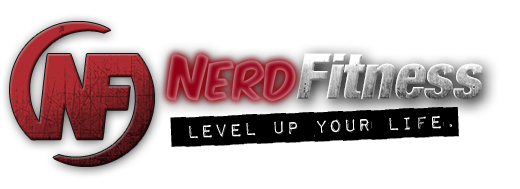Search the Community
Showing results for tags 'cramps'.
-
Good morning everyone! This weekend I used my new Rehband Weightlifting Belt during strongman training, and ran into a women specific problem. I have a Mirena IUD, and sometimes during sex or rugby I would get cramps during impact or pressure. Unfortunately strongman training is no different. My weightlifting belt ended up fitting perfectly, but in doing so squeezed everything internally and I wound up with uterine cramps after a gym session. How do you all handle uterine cramps from a piece of equipment that is necessary to prevent bodily injuries? (I'm looking for weight lifting related cramps advice here.) Secondly, has anyone else with an IUD who lifts and uses a belt experienced this?
- 3 replies
-
- weight lifting
- iud
-
(and 1 more)
Tagged with:
-
Maybe this is a bit personal, but that's okay. So for anyone with an IUD or really bad cramps, you'll know what I mean. Doing workouts such as cardio, or reclining upper body is okay, but as soon as I'm standing and doing upper body, or anything that bends my tummy I get awful pains. I know the IUD is supposed to give you bad cramps for the first 3-6 months, and it's been about 3-4. SO the question I'm trying to ask is what do you do to help relieve the cramps, in a gym/after a workout? I hate having to stop for 5 or so minutes to regain my composure. Thanks, and please ask any questions if I was unclear on anything.
- 15 replies
-
- 1
-

-
- iud
- birth control
-
(and 1 more)
Tagged with:
-
Looking for tips to ward off cramps. Been running for about 8 months and increasing distance. Having a pretty regular problem with cramps in my calves (usually left leg for whatever reason) around mile 11 or 12. No problems on shorter, more intense runs like 5 or 10k. Any thoughts? Is this hydration, sodium?
-
I'm a dialysis nurse. That means I make a living knowing about fluids, electrolytes and the effects on the body. Q: What does water do in the body? A: Allows circulation of blood, electrolytes and waste to occur between cells, blood stream and the organs. Q: What happens when I don't drink enough water? A: Blood gets thick. Electrolytes become more concentrated. Oxygen distribution suffers and waste builds up. Risk for blood clots goes up. Muscles may cramp due to lack of sufficient balance between cells and blood. Q: What else does water do? A: Cooling off. When we challenge the body, whether being hot or exercising, we sweat. Water and some electrolytes are lost in the process. Electrolyte imbalance can also cause cramps or fatigue. Q: How much should I drink? A: That depends. Temperature, nature of your exercise, distance gone, etc. Generally, without activity, you should drink at least a half gallon or 2 liters a day. The hotter it is, the harder the exercise the more you should drink. If you go for distance, never go more than half your water supply will take you. Q: It's heavy! A: As you drink it, the load you carry will get lighter. As you work out, much will be lost through sweat. If you aren't urinating as much as you drink, then you are likely sweating it out or retaining it. Case in point. I once went for a 9 mile hike through mountains, moderate level. I took a 3 liter camelback with me and the temp starting was 60F. By the time I was done, it was 90F and my water nearly ran out. It wasn't enough. How do I know this? I didn't pee much. I felt heat stress and took breaks at every tree I passed under... not many. I couldn't tell how much water I was losing through my skin. I was amazed how many other hikers there were on this same hike with only a little bottle of water. It's always better to have more than you need than not enough.




